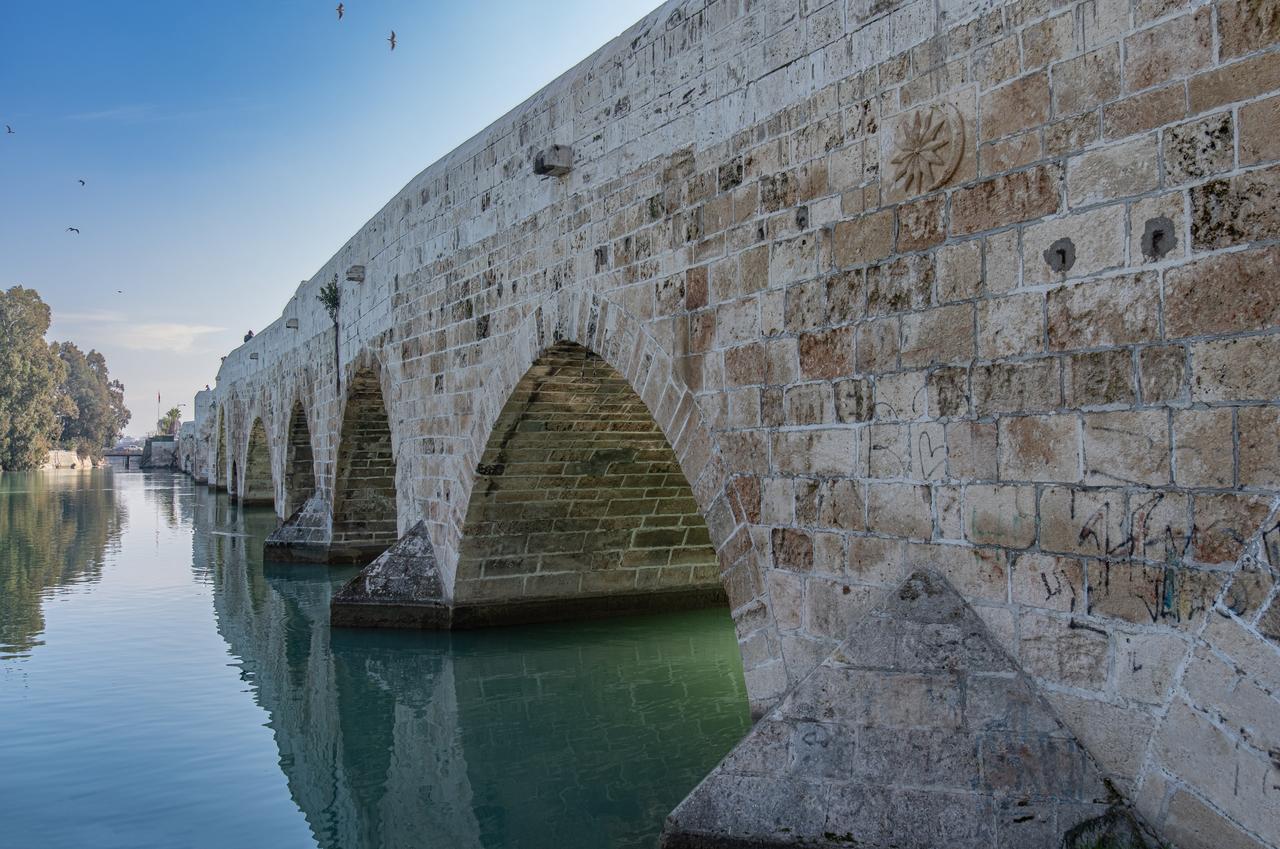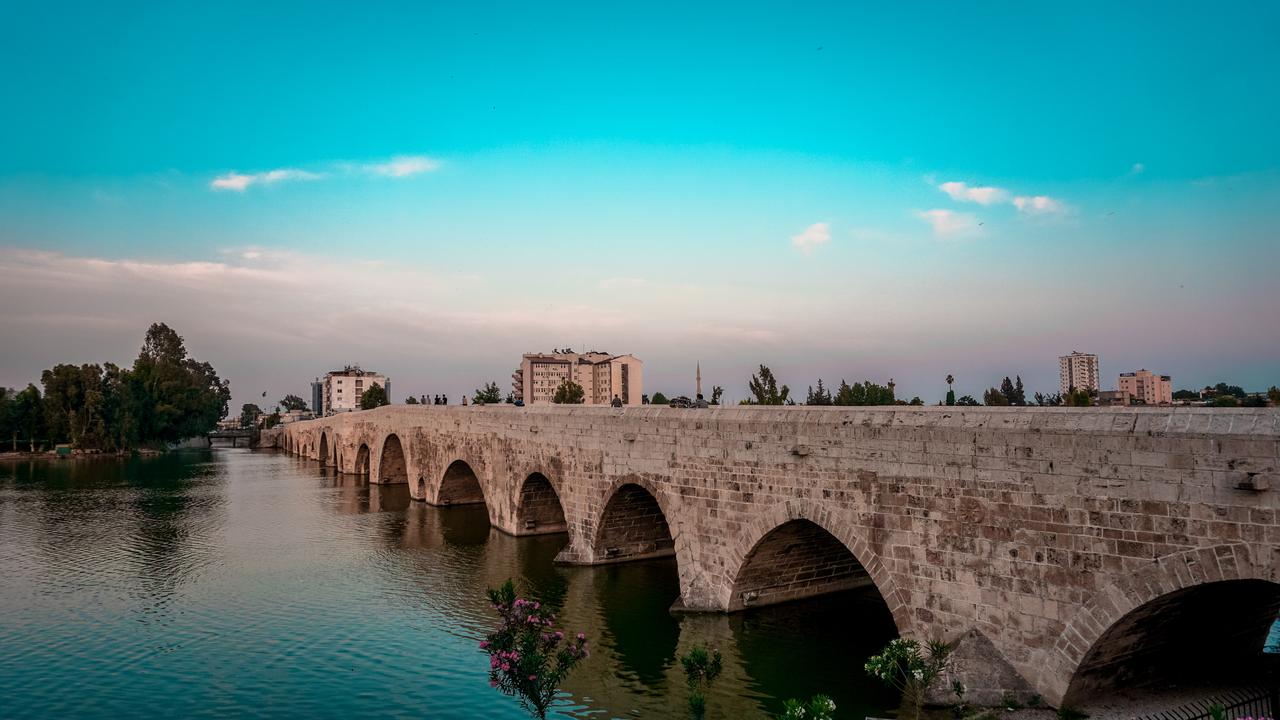
Stretching over the Seyhan River in the heart of Adana, the Taskopru, known as the Stone Bridge, is more than just a bridge; it’s a 1,600-year-old link to the past.
This historic bridge, a testament to Roman engineering, saw its foundations laid during Emperor Hadrian’s era and was finally completed under Emperor Valens around 384 A.D.
The origins of the bridge trace back to the Roman period, believed to have been originally constructed under the reign of Emperor Hadrian in the second century AD, around 114-117 AD.
This was a time when the Roman Empire was consolidating its infrastructure across the provinces, facilitating military movement, trade, and administration.
Following the Byzantine era, the bridge became part of the Seljuk and later Ottoman territories. During the Ottoman period, the bridge continued to serve as a crucial urban artery.
Interestingly, historical records indicate that a double-story structure was once built directly on the bridge, functioning as a customs post or toll collection point.

One of the most striking and defining features of the Taskopru Bridge is its series of arches, which not only provide structural integrity but also highlight the advanced engineering techniques employed by its builders.
Originally, the bridge was constructed with 21 arches spanning the Seyhan River. These arches are semi-circular in shape, a characteristic hallmark of Roman bridge design.
This arch style efficiently distributes the weight of the bridge and the loads it carries, allowing the structure to span wide gaps while remaining stable and durable.
Each arch is formed by precisely cut stones called voussoirs, which are wedge-shaped blocks that transfer the weight evenly down to the piers supporting the bridge.
The central stone at the top of each arch, known as the keystone, locks the arch in place and is critical to maintaining the structure’s strength.

As a critical crossing over the Seyhan River, Taskopru was instrumental in facilitating commerce between different regions.
Situated on ancient trade routes connecting Anatolia with the Mediterranean coast and the broader Middle East, the bridge enabled the movement of goods such as spices, textiles, agricultural products, and precious metals.
During the Ottoman era, the presence of a customs building on the bridge itself highlights its role in regulating trade and collecting taxes, underscoring the economic importance of this crossing.
Taskopru has long served as more than just a thoroughfare; it has been a vibrant social space where people gathered, exchanged news, and participated in communal life.
Historically, bridges often acted as informal marketplaces and meeting points, and Taskopru was no exception.
The bridge’s location in the heart of Adana made it a focal point during festivals, celebrations, and religious events.
Also, it's a pedestrian-friendly environment, allowing residents and visitors alike to stroll across and enjoy panoramic views of the Seyhan River.